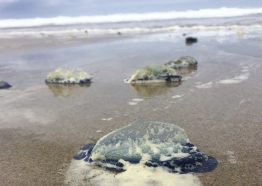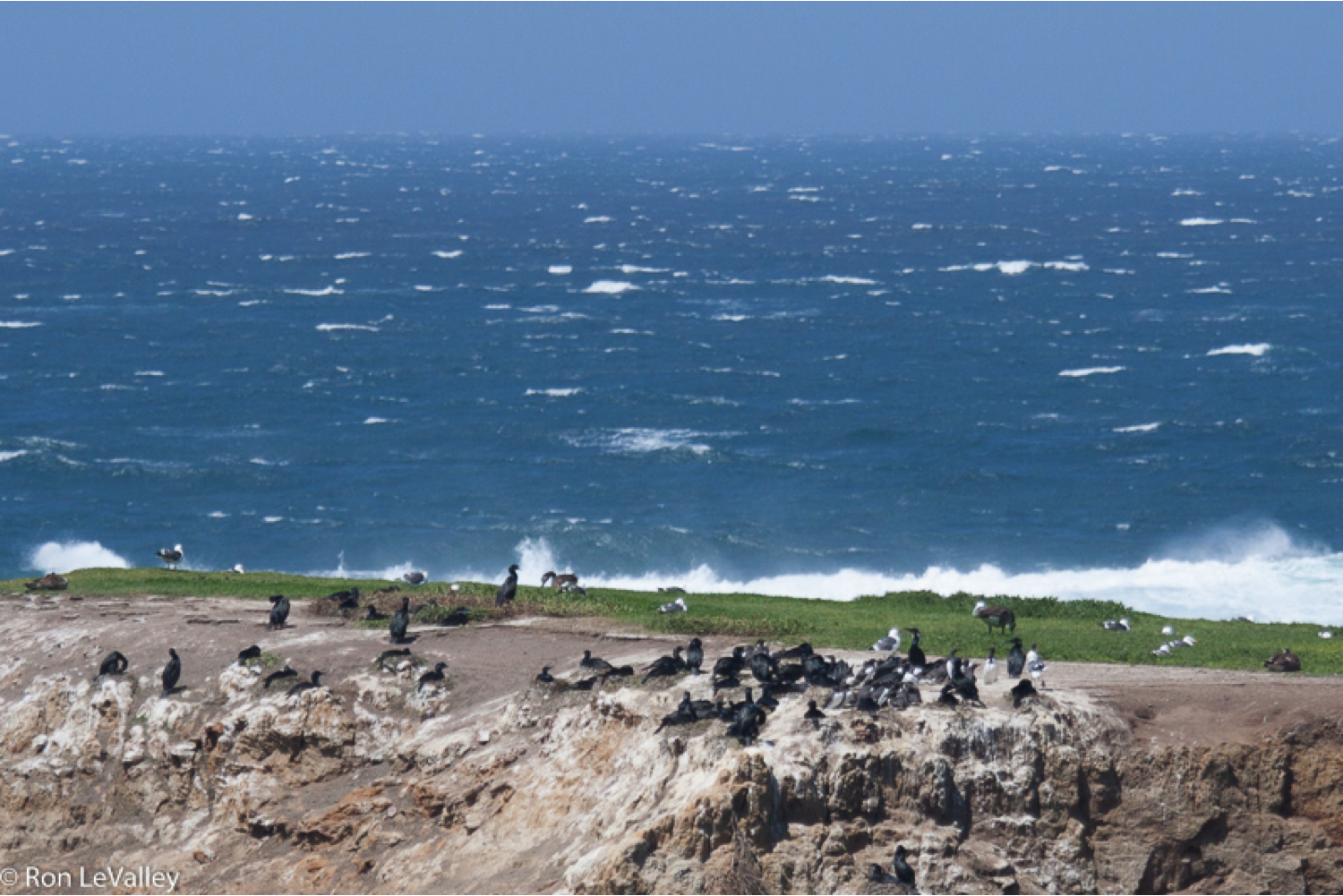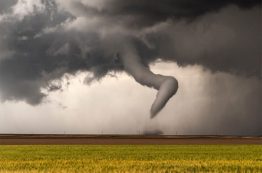As their name suggests, by-the-wind sailor jellyfish know how to catch a breeze. Using a stiff, translucent sail propped an inch above the surface of the ocean, these teacup-sized organisms skim along the water dangling a fringe of delicate purple tentacles just below the surface to capture zooplankton and larval fish as they travel. At the mercy of the wind, these jellies can wash ashore and strand — sometimes numbering in the trillions — on beaches around the world, including up and down the U.S.
Read more at UW News »‘Forgetting Nature’: Peter Kahn offers warning in short documentary film
The documentary film is brief but its message is powerful: We humans are losing our connection to the natural world, at our great peril. “In some sense, we think we are the most advanced culture — we take such pride in technology and advancement,” says Peter Kahn, University of Washington professor in the Department of Psychology and the School of Environmental and Forest Sciences.
Read more at UW News »How five global regions could achieve a successful, equitable ‘Blue Economy’
The future of an equitable and sustainable global ocean, or “Blue Economy,” depends on more than natural or technological resources. A new study finds that socioeconomic and governance conditions such as national stability, corruption and human rights greatly affect different regions’ ability to achieve a Blue Economy — one that is socially equitable, environmentally sustainable and economically viable. A paper published March 17 in Nature by the University of Washington-based Nippon Foundation Ocean Nexus Center suggests how different parts of the world might begin to achieve these goals.
Read more at UW News »UW DawgCast trains future broadcasters
In pre-COVID times, a group of students would huddle around a computer practicing their skills to create professional-grade weather graphics like the ones seen on local news channels or practice giving weather reports while standing in front of a green screen in a mini-TV-studio classroom. They are part of The UW DawgCast, a year-long club offered in the Department of Atmospheric Sciences jointly with a broadcast meteorology course that welcomes weather-loving students of all majors to teach them how to read, synthesize, and communicate weather.
Read more »Rating tornado warnings charts a path to improve forecasts
The United States experiences more tornadoes than any other country, with a season that peaks in spring or summer depending on the region. Tornadoes are often deadly, especially in places where buildings can’t withstand high winds. Accurate advanced warnings can save lives. A study from the University of Washington and the National Oceanic and Atmospheric Administration describes a new way to rate and possibly improve tornado warnings.
Read more at UW News »





